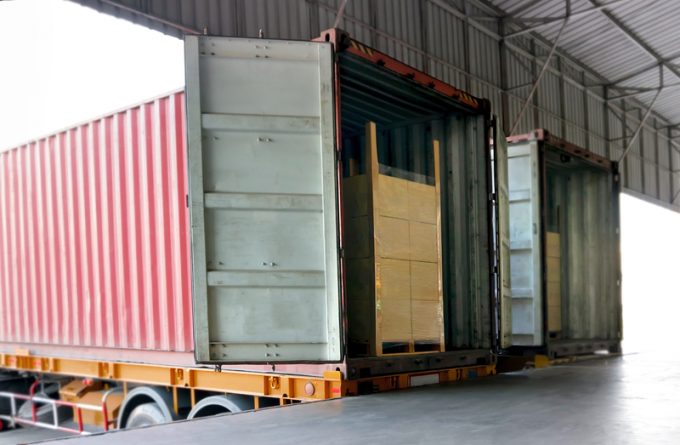Jury still out on benefits of index-linked contracts for shippers
Freight index platforms are keen to push index-linked agreements (ILAs), but there are questions about ...

The global container availability crisis is unlikely to ease before the end of the year – despite 2021 likely being a record-breaker in terms of new boxes delivered.
According to John Fossey, senior analyst of container equipment at Drewry Shipping Consultants, around 1.4m teu of new ...

Comment on this article
Philip Embiricos
April 27, 2021 at 2:24 pmthe number of total containers available is below the normal 2 to1 ratio of container fleet to container ship fleet in TEUs
Att present cost of replacement container owners can delay the scrapping of their older units through maintenance